Pets and Animal
Top Pet Birds That Talk: Your Guide to Chatty Companions
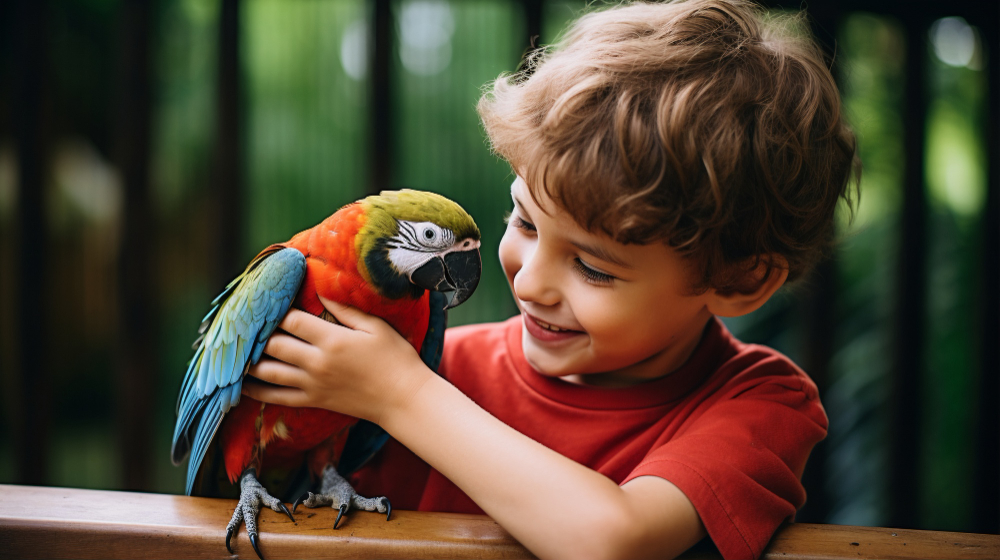
Discover the best pet birds that talk! Find your perfect chatty companion and learn how to care for and train them.
Do you ever wish you had a chatty companion of the feathered variety? Owning a talking pet bird can add so much more to your life of joy and entertainment. Well there are a lot of species of birds, so which of these birds are most likely to mimic human speech?
African Grey Parrot:
The undoubted champ of the talking bird kingdom, the African Grey Parrot can learn a shocking vocabulary of over 1,000 words! These intelligent birds can even recognize the meaning behind some words. However, their challenging nature and long lifespan (up to 23 years) make them a commitment for experienced owners.
Indian Ringneck Parakeet:
Distinctive green with a long tail, this parrot is excellent at mimicking sound, whistles, and even words. Although they sound different and have noticeably higher-pitched voices, Indian Ringnecks are able to mimic up to 250 words and stand out for their playful character.
Cheap Pet Bird Solution:
Budgerigar (Parakeet) The little budgie is among the most popular pet birds in the world, mainly because of how…. As it turns out, these adorable birds are quite good at talking, like, surprisingly good when hand-fed and trained from an early age. They have all the personality and options of speaking a lot of words and phrases that make them common with new and experienced bird owners.
Quaker Parakeet:
Quakers never shut up, and might warble, chirrup, shriek, and cluck data any time of the day and might learn to mimic any speech.
Beyond the Usual Suspects:
Cockatiel:
While not all cockatiels talk, some can learn a surprising number of words and phrases. These fascinating birds are very friendly; they are beautiful to listen to and they are very gentle making them excellent home companions.
Amazon Parrots:
The most popular and relatively easy to maintain Amazon parrot species include the double-yellow headed Amazon which, when matured, can be quite vigorous with its squawking. These are very smart birds and are very active and need a lot of interaction as well as mental stimulation and effort is needed, they can even mimic human speech and people can bond with them deeply making them very companionable pets.
Important Deliberations:
This should be done with the understanding that most birds in a given species will not be able to mimic and some might only be able to repeat only a few phrases, even if trained properly. Some experts have categorized talking skill as the global skill that is influenced through personality, request to signal, and training.
Having birds as pets is a long term decision you are making. These animals require individual attention and proper treatment, namely proper supply of oxygen, balanced diet, and appropriate exercises for their minds. Before adopting any feathered friend, ensure that you can be in a position to feed him or her at a particular time.
Ready to Find Pet Birds That Talk?
Alternatively, any of these could make for an ideal companion for those who want a chatty, cute bird. The specifics of each bird species should also be looked into to make sure would would be able to give them a home that will surely inspire them. Yet, if you give it proper care and teaching, you’ll be amazed at just how fluent your new companion, the pet bird, might be.
Pets and Animal
Exploring German Shepherd Coat Types: A Complete Guide
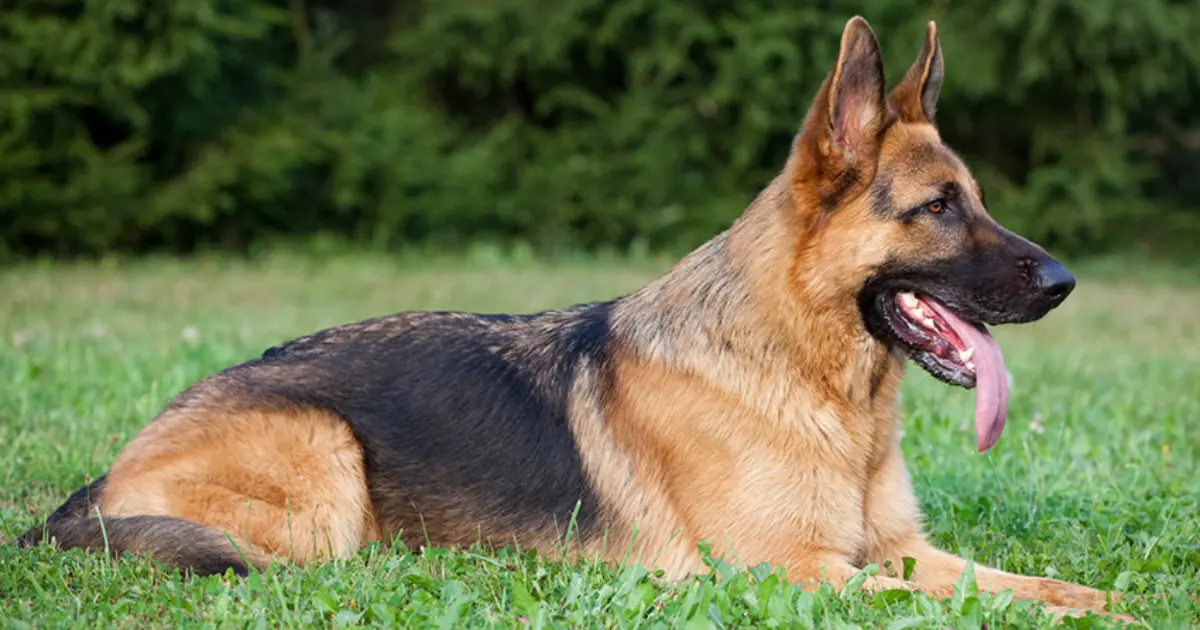
The German Shepherd is one of the most famous dog breeds all over the world due to its high intelligence, bat, and obedience. Another subject of interest in these dogs is the coat which is diverse in quality, structure, and colors. This analysis will help the potential owners and the fans of German Shepherds to better comprehend the topic and to be more attentive to these wonderful animals. Here, we explain the unique German Shepherd coats that exist and the specific care requirements for each of them.
Introduction
German Shepherds primarily have two coat types: The two recognized coats are short featured coat or stock coat and the long featured coat or long stock coat. Caring and size differ from breed to breed as based on the types of coats enumerated earlier in this list. However, under these classes of long and short coated types the fur differs in the look and shades seen within each breed.
1. Short-Haired German Shepherd (Stock Coat)
Most typical of the German Shepherd breed is the short-haired or stock coat so commonly associated with the breed. Here are some of the characteristics of this coat type that make the coat popular and useful.
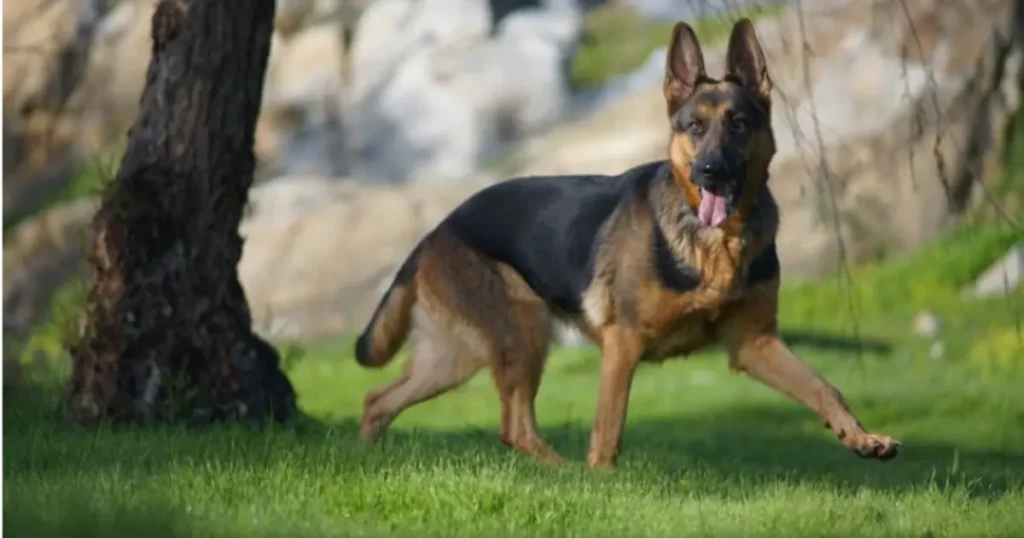
-
Characteristics of the Short-Haired German Shepherd Coat
The short haired German Shepherd particularly has a smooth, dense coat with the stiff straight hairs standing off of its skin to prevent the accumulation of dust and water. It bears a dense undercoat layer that insulates it in both cold and in the hot seasons.
-
Grooming Needs for Short-Haired German Shepherds
Regular grooming is essential for a short-haired German Shepherd coat health and appearance. Weekly brushing removes loose hair and prevents matting. They had their coats all through the year though the molting was more rife during the spring and autumn seasons. Wash only on special occasions, take bath every 2- 3 months, so that the promotion of natural oils does not accentuate skin dryness.
2. Long-Haired German Shepherd (Long Stock Coat)
Long-haired German Shepherd is less common but it looks stunning. This appears as a separate coat type with specifics, grooming needs that set it apart from short haired coats.
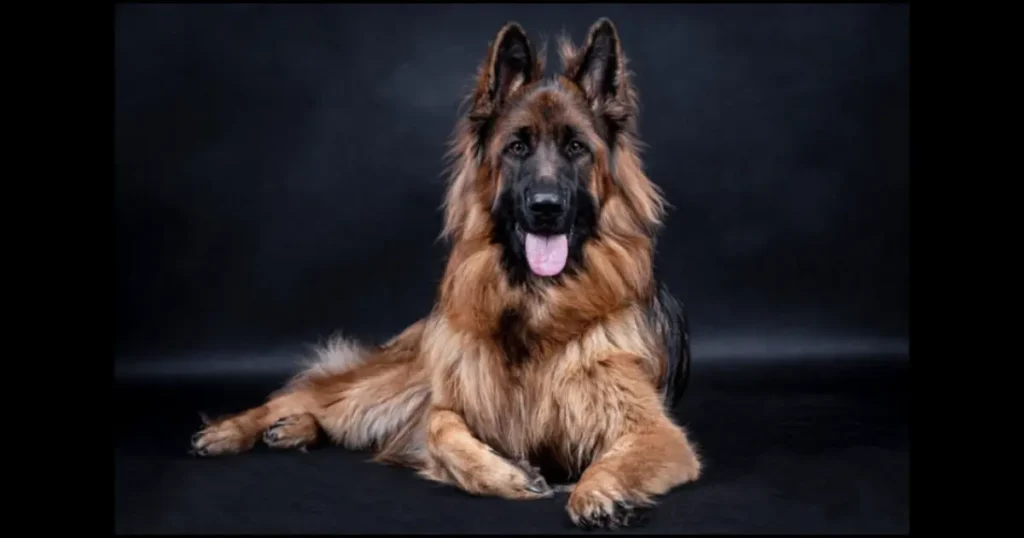
-
Characteristics of the Long-Haired German Shepherd Coat
The basic stock German Shepherd coat is smoother than the long-haired fur, which can also have feathers on limbs, ears, and tail. It has wavy to straight hair texture making its appearance of the breed even more desirable. Some breeds have thick undercoats that require a strict combing to avoid getting tangled while they retain the specific looks.
-
Grooming Needs for Long-Haired German Shepherds
Long-haired German Shepherds need daily brushing to avoid matting and maintain a healthy coat. They always molt but they do so intensely during the changes of seasons. Bath the dog every 2-3 months using the product such as dog shampoo and dry the coat well to avoid skin conditions and maintain the health of the German Shepherd coat.
Coat Color Variations in German Shepherds
German Shepherds come in a variety of coat colors, adding to their appeal. Common variations include:
- Black and Tan: Classic look with black saddle and tan or reddish-brown markings.
- Black and Red: Similar to black and tan, but with the richer, redder markings. Popular in show lines.
- Sable: Each hair has multiple colors, giving a wolf-like appearance. Color ranges from light gray to dark black.
- Solid Black: Entirely black coat, striking and uniform. Available in both short and long-haired types.
- White: Pure white coat due to a recessive gene, not recognized by some breed standards but admired for its beauty.
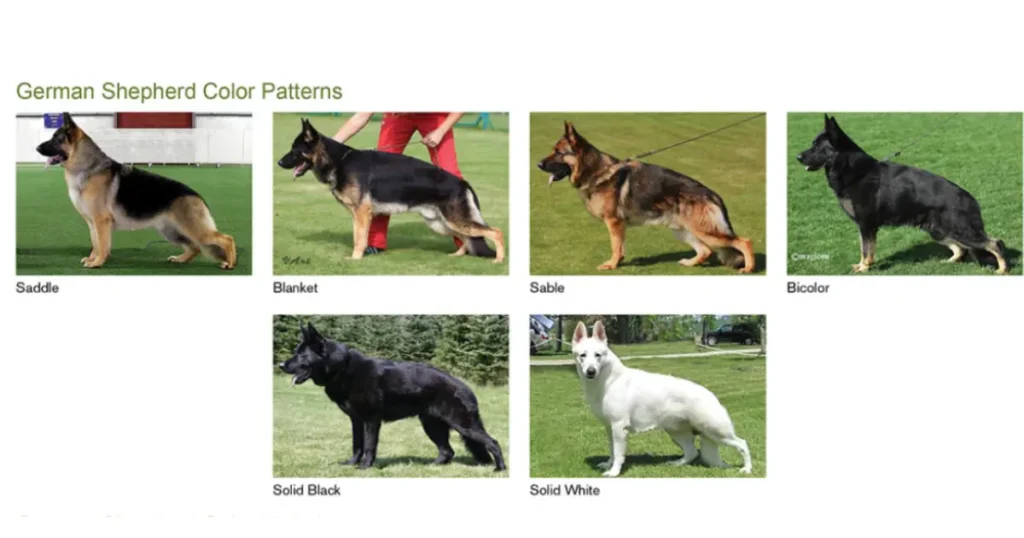
Caring for Your German Shepherd Coat
Proper care of a German Shepherd Coat is important to maintain its health and appearance. Here are some general tips for coat care:
Regular Brushing
Regular brushing is important for all German Shepherds. Short-haired German Shepherds want brushing as soon as a week. Long-haired German Shepherds require each day combing to save tangles and mats. Use a slicker brush to remove loose hair and a comb for untangling.
Bathing
Bathing your German Shepherd each 2-3 months helps maintain coat cleanliness and health. Using a dog-specific shampoo can keep away from skin infection and dryness. It is essential to ensure the coat is completely dried after bathing, particularly for long-haired German Shepherds, to save you skin troubles.
Shedding Management
German Shepherds shed year-round, with heavier shedding durations in spring and fall. Regular brushing can assist in managing shedding, While brushing day by day can assist in losing, more steps which include vacuuming your home greater frequently may be powerful as properly. This is basically genuine, feeding the pet a terrific food containing Omega-3 fatty acids will assist limit excessive coat losing.
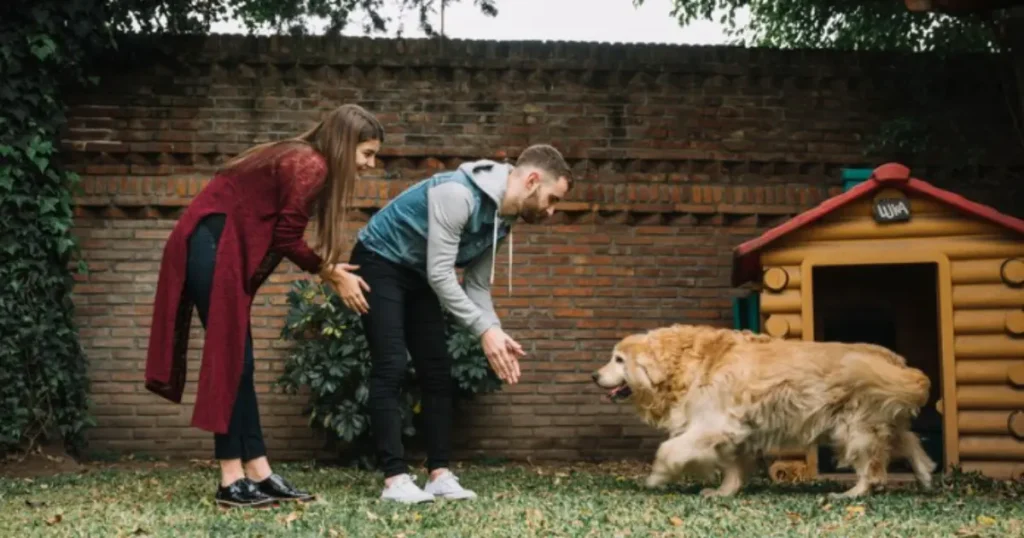
Common Coat Issues and Solutions
German Shepherds, like all dogs, can experience coat and skin issues. Here are some common problem and their solutions:
Dry Skin and Dandruff
Dry skin and dandruff can result from poor diet, low humidity, or excessive bathing. Improving the dog’s diet with top notch food and adding supplements like fish oil can help assist these problems. Avoiding over-bathing as well as using moisturizing canine shampoo.
Hot Spots
Hot spots are bacterial infections caused by scratching or licking. Keeping the affected area clean and dry is vital. Consult a veterinarian for the correct treatment, which may additionally consist of topical medications or antibiotics.
Matting
Matting is a common difficulty, especially for long-haired German Shepherds, and outcomes from neglecting ordinary grooming. Regular brushing and grooming can prevent and resolve matting problems, ensuring the coat remains healthful and attractive.
Conclusion
It is essential to recognize German Shepherd coat kinds. Short-haired and long-haired cats range in their care needs with the intention to remain wholesome and beautiful. Grooming makes your German Shepherd be in proper fitness and also helps you revel in having this form of dog.
FAQs
How many types of coats are there in a German Shepherd?
German Shepherds have two main coat types: short-haired (stock coat) and long-haired (long stock coat).
What type of fur does a German Shepherd have?
German Shepherds have double coats with a dense undercoat and a layer of coarse guard hairs.
Do all German Shepherds have 2 coats?
Yes, all German Shepherds typically have double coats, providing insulation and protection.
What is the rarest German Shepherd coat?
The rarest German Shepherd coat color is the solid white, due to a recessive gene.
Pets and Animal
How Much Does a Monkey Cost? 2024 True Cost Guide
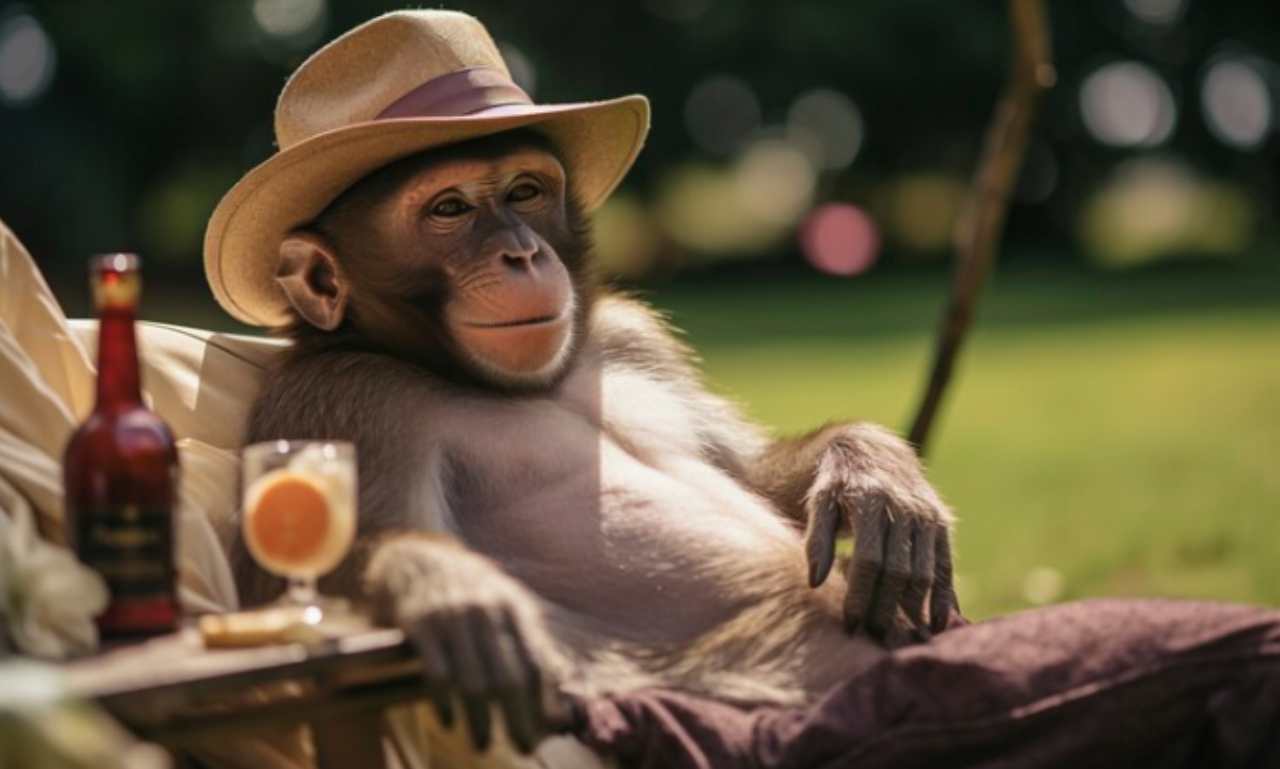
How Much Does a Monkey Cost?
Before delving into the cost of owning a monkey, it’s essential to address a critical point: the desirability of people keeping monkeys as pets is not advisable. These animals though considered exclusive may be fatal and present a serious threat to human beings. It is not common knowledge that they are not domesticated animals and do not make suitable pets or live in human houses. Hence the following are the dangers associated with monkey as opposed to the perceived benefits of having a monkey as a pet.
But for those interested in specific concern for the monetary requisites, be it individuals in their field of work, or the plain old enthusiasts, this guide will set down the necessary expenditures required in possessing this particular primate.
Initial Costs of Bringing Home a Monkey
Purchase Price
The price of the monkey differ widely depending on different aspects, for instance the species, the age of the monkey and the source of the monkey.
- Tamina: Monkeys can be cheap as $3,500, expensive as over $60 000. Here’s a breakdown:
- Common Monkeys (e. g. , Capuchins): Usually, the cost may range from $3,500 – $15,000.
- Rarer Species (e. g. , Squirrel Monkeys, Marmosets): The beginning salary ranges from eight thousand dollars to twenty thousand dollars.
- Larger Apes (e. g. , Chimpanzees, Gorillas): By category, the revenue is projected to range from $20,000 to $60,000 or more.
Adoption
Foster home adoption may sound like taking a monkey from a conservation program or zoo at lower costs, this method is limited to other organizations instead of homes. Fees can be as low as $25 or as high as $60,000 plus, depending on the type of animal & the agency offering the service.
Initial Setup and Supplies
It needs to be pointed out that bringing a monkey home does not only include the monkey itself but also many other things. Here are the initial costs you should expect:
- Cage: $1,000 – $3,500
- Cage Accessories: Less than $100 is quite uncommon, but $100-$200 is a common price range for a dining set.
- Initial Veterinary Care: $200+
- Diapers: $65
- Toys: $50
Total Initial Setup: The price range falls between $1,500 and $4,000+, but it can be more expensive for particular types of products or if there are additional services required for preparing the final version of the product.
Monthly Costs of Owning a Monkey
Health Care
Monkeys require specialized veterinary care, which can be costly:
- Regular Checkups:$100-$200 monthly.
- Medications: These fees can be as low as $100, $200 monthly and cover a wide rage of services.
- Emergency Care: It depends on the scope of services required in that visit and the case, though it falls between $500 and $600 per visit.
Food
The dietary needs of a monkey depend on its size and species:
- Small Monkeys: Up to $300 is paid on a monthly basis.
- Large Apes: Tenth have a fixed monthly wage of $500 to $1,000.
Grooming
Monkeys typically groom themselves, but bathing may be necessary occasionally
- Small Monkeys: The standard and simplified plans are cheaper and can range from $0 to $20 a month.
- Large Apes: Minimal additional cost
Pet Insurance
Due to the high costs involved in monkey healthcare, it would be wise to get your pet insured.
- Monthly Insurance Premiums: $50+
Environment Maintenance
Maintaining a clean and safe environment for your monkey includes:Some of the general things that ought to be done in ensuring that a monkey is healthy include:
- Diapers and Cleaning Supplies: Incredible: 50 – 100 dollars per month
- Substrate (for large apes): It is logical to place an average at $50-$100 per month.
Entertainment
Monkeys are intelligent animals and they require something that would engage their intelligence.
- Toys and Enrichment Items: $20 – $50 per month
Total Monthly Cost
Adding up all the above mentioned monthly expenses, the average cost of a monkey costs between $200. 00 to $1000. 00 plus, depending on the type of monkey and its precise requirements in terms of food and accommodation.
Additional Costs to Consider
- Pet Sitting: You thus have to take special care of monkeys which may sometimes be so costly when you need a sitter.
- Emergency Medical Costs: These can be very high if one has not insured their body.
- Legal Fees: In some places, people can legally keep monkeys either with permits or in certain conditions.
Conclusion
Monkeys are generally expensive, and require a lot of specialized attention, and therefore are not fit for one’s home. Any kind can be costly, even the most diminutive: it takes a lot of money to establish and then to maintain them.
Before you decide to adopt, buy or acquire a monkey in any way or form, you need to understand these costs and secondly the reason why these animals cannot be domesticated. However, the reality is always better when one has to upscale conservation measures that help preserve such incredible animals instead of trying to adopt one, in this case a monkey.
Pets and Animal
Cat Tree: Choosing the Perfect One for Your Feline Friend
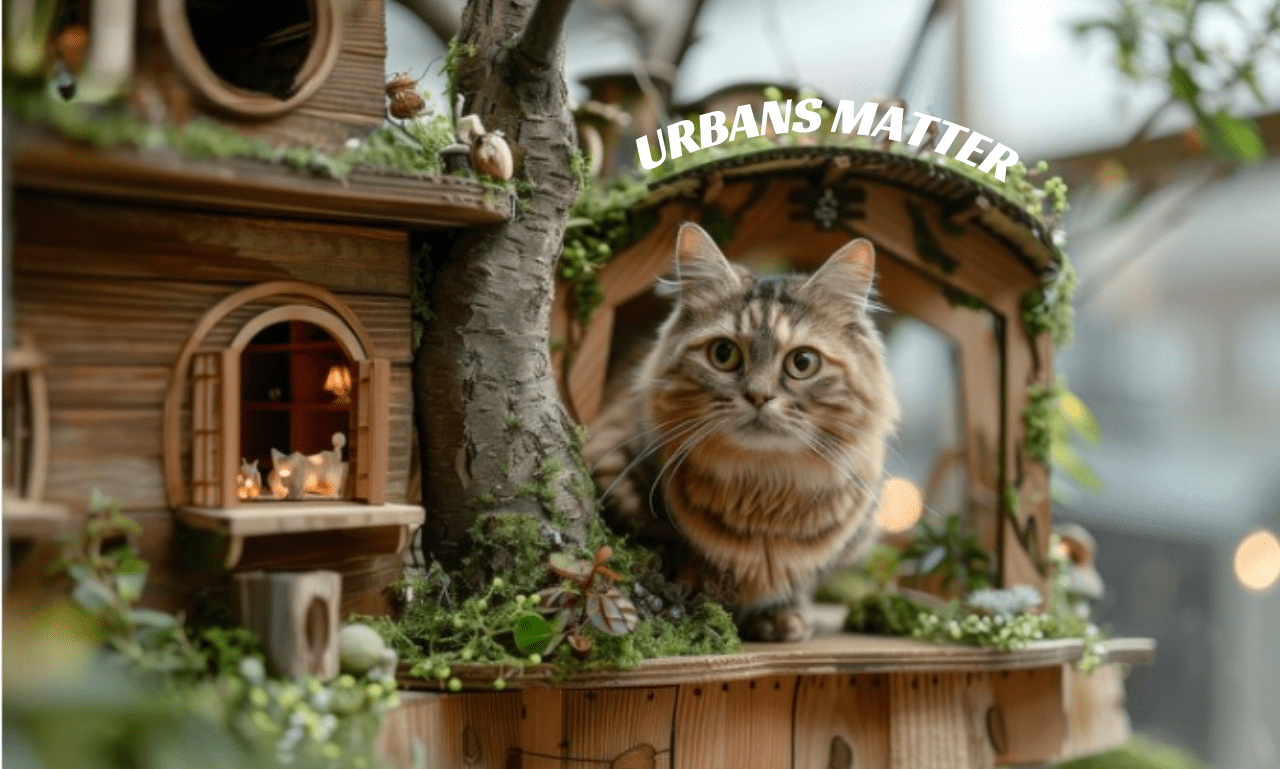
Introduction
Cats, the sweet and lovable pets that so many of us know, are communicative, playful, and curious. They like to always sit on the higher grounds, or in this case try out new areas and they use their claws frequently. Giving your cat the furniture that it needs can help in fulfilling these instincts without having to risk the danger of having furniture ruined by scratching. In Guide on this page, we are going to discuss all that you might be interested in choosing the best cat tree for your cute kitty that would be entertained all the time.
Why a Cat Tree is Essential
A cat tree is not just a piece of furniture, it is a necessity for any cat owner. Here’s why:
- Promotes Physical Exercise: Cat trees are designed to promote climbing, jumping, and stretching – activities which are essential for proper feline wellbeing and combating obesity.
- Mental Stimulation: They have ample space, hiding places, and playthings; cats therefore have to work to get at them, reducing chances of getting bored and acting `crazy’.
- Safe Space: The use of tall places is very important as it provides the cats with some form of comfort and security as they can locate and recline on a more isolated area.
- Scratch Satisfaction: Filled with designer scratching posts, cat trees enable cats to satisfy their owners’ scratching needs without harming household items.
Key Features to Look for in a Cat Tree
When choosing a cat tree, consider the following features to ensure it meets your cat’s needs:
1. Size and Height
- Suitability: Make sure that the cat tree is not too bulky or too large for your home and should suit the cat’s size and ability.
- Height: Thus, taller cat trees-are suitable for active cats that like to climb, whereas smaller trees will be sufficient for cats that are already elderly or with a minimal level of activity.
2. Material Quality
- Durability: Choose solid wood furniture, sisal rope and using fabrics that are difficult to wear out quickly if you would like the furniture to have a long life.
- Safety: Ensure that any material used in the construction of any of the many designs is non-toxic and that the construction is tough so that children cannot be harmed by the toys.
3. Stability
- Base: A large and heavy stand is needed, more so for multiple holders or wider ones meant for a larger cat.
- Design: Eliminate the barrel-shaped pits that are likely to collapse when the balls are in play.
4. Multi-Level Platforms
- Variety: Multiple levels enable creativity and allow a viewer to have a different perspective or physically climb to a higher level.
- Space: He says that there should be enough space for your cat to be able to sit or even lie down on each level.
5. Scratching Posts
- Material: Sisal rope should be used for the making of the scratching posts since it is durable and also meets the needs of the cats in terms of satisfaction.
- Placement: The posts must be tall enough to provide the capacity for the full stretch; they should be located at several height levels.
6. Hideaways and Beds
- Hideouts: Lofts provide cats them with a sense of security and a shelter to seek refuge.
- Comfort: Relaxing sleeping areas that include raised soft and cushioned beds on different floors serve as preferred sleeping areas.
7. Toys and Accessories
- Interactive Toys: If you really want to make your cat happy make sure that toys are dangling, ropes and interactive toys are around.
- Customization: Some designs let other items to be added above the cat trees and these are sure to add more fun to the playing.
Types of Cat Trees
There are several types of cat trees available, each catering to different needs:
1. Basic Cat Trees
- Structure: View with few platforms and scratching posts.
- Ideal for: Firstly, the causes of habitat choice are related in a general way to the two fundamentals of Fechner’s law and are most consistent with small spaces or single-cat households.
2. Multi-Level Cat Trees
- Structure: In its original design, the island comprises numerous platforms and bridges, secluded cabins and resting areas, and several pieces of furniture and equipment.
- Ideal for: Pet cats or cats with more opportunities: introducing the concept of multi-cat populations and active cats.
3. Cat Condos
- Structure: This type contains spaces that are more or less shut, or may be resembling small rooms or condos.
- Ideal for: Domestic cats that likes to chase and hide themselves.
4. Wall-Mounted Cat Trees
- Structure: This is usually hanged on the walls so as to minimize the space it occupies in the room.
- Ideal for: Said small flats or houses having small area for the living room and other spaces in the house.
5. Luxury Cat Trees
- Structure: Elegant and sophisticated constructions, use of quality and durable materials and usually incorporates other accessories such as hammocks and tunnels.
- Ideal for: Those pet lovers, who want to provide their cats with the best objects for dwelling and comfort.
How to Choose the Right Cat Tree
When selecting a cat tree, consider your cat’s personality, age, and preferences:
1. Active and Playful Cats
Many shelves which make cat trees multi leveled with abundant number of things such toys and scratching posts to make the cats busy.
2. Senior Cats
These include the small-sized trees with platforms that are within easy reach since elderly cats will not be very active anymore, and the cages that have soft padded beds, knowing that your cat is also aging.
3. Shy or Anxious Cats
It also specializes in supplying many cat toys and pet furniture such as cat trees, which have many hideaways and enclosed chambers for a cat to play and have a feeling that it is protected.
4. Multi-Cat Households
Well-designed cat furniture like very tall, multi-tiered cat trees with many shelves and different hiding spots to reduce the possibility of fights.
Tips for Setting Up and Maintaining Your Cat Tree
Proper setup and maintenance ensure the longevity of your cat tree and the safety of your cat:
1. Placement
- Optimal Spot: This is a perfect position for the cat tree since you want the cat to have easy access to the tree. Right by the window is perfect if bird watching is your thing or if you want some natural light into your home.
- Stable Surface: It is advisable to place it on a flat and firm ground, so that it does not tip over easily.
2. Assembly
- Follow Instructions: As you embark on the process of assembling any equipment or a specific device, then consider following the right procedures in order to fix all the required parts in their respective places well and firmly.
- Test Stability: However, it is advisable to slightly shake the tree in order to assure the cat is completely safe before being put on it.
3. Regular Maintenance
- Cleaning: Sweep, dust the tree frequently with the help of vacuum to remove furs and debris that has accumulated in the tree. Cleaning the area by washing or use a damp cloth to Wipe the areas that was stained using pet friendly cleaning solutions.
- Check for Wear and Tear: Examine structures like scratching posts and platforms and identify a point where they In may be degrading or worn out. It also requires that the harmed areas be substituted or remedied for the highest level of safety to be possible.
Top Cat Tree Brands and Models
Here are some top-rated cat tree brands and models known for their quality and design:
1. Frisco Cat Trees
- Highlights: Affordable, sturdy, and available in various sizes.
- Popular Model: Frisco 72-Inch Cat Tree – features multiple platforms, scratching posts, and hideaways.
2. Armarkat Cat Trees
- Highlights: Durable, high-quality materials with a range of designs.
- Popular Model: Armarkat 68-Inch Cat Tree – known for its stability and multiple levels.
3. Go Pet Club Cat Trees
- Highlights: Budget-friendly with extensive variety.
- Popular Model: Go Pet Club 62-Inch Cat Tree – offers great value with several platforms and scratching posts.
4. New Cat Condos
- Highlights: Handcrafted, made from solid wood, and fully assembled.
- Popular Model: New Cat Condos 52-Inch Cat Tree – durable and spacious, perfect for large cats.
Conclusion
Buying a cat tree is one of the most effective ways to provide your cat with the best conditions it needs for its physical and psychological improvement. If you are considering getting a new cat tree for your favorite pet, it is essential to assess your cat and figure out what it would like in a new tree. Ensure that you get the best quality playpen with the ideal safety features and your cat will be a happy and active one for a long time playing in the playpen.
If you have loved cats and want to get the best pet supplies for the cat, you need to stay tuned on our blog. Yes, I created this blog to share my love for cats and offer advice on all aspects of their welfare.
FAQs
1: How do I encourage my cat to use the new cat tree?
Gradually introduce the tree in a familiar area. Use treats, toys, and catnip to attract your cat. Playing near the tree helps them feel comfortable using it.
2: How do I clean and maintain my cat tree?
Regularly vacuum the tree and spot clean with pet-safe cleaners. Check for and repair any damaged parts to keep it safe and sturdy.
3: Are cat trees safe for kittens?
Yes, ensure the tree is sturdy and appropriately sized. Choose one with lower levels and smaller platforms for kittens.
4: How often should I replace my cat tree?
Replace it when there are significant signs of wear, such as frayed posts or unstable platforms. A well-maintained tree can last several years.
5: Can a cat tree help with my cat’s behavioral issues?
Yes, cat trees provide physical and mental stimulation, reducing boredom and behavioral issues like scratching furniture or excessive meowing.
-

 Health5 months ago
Health5 months agoDiscover ://vital-mag.net Blog: Expert Tips for Total Wellness
-

 Business7 months ago
Business7 months agoTikTok Affiliate Marketing | A Complete Guide for Marketers and Creators |
-

 Life style6 months ago
Life style6 months agoWhy i stopped eyelash extensions?
-

 Health6 months ago
Health6 months ago7 Day Juice Fast Weight Loss Results: Expectations & Strategies
-

 Home and Gardening6 months ago
Home and Gardening6 months agoSunset Gardens Apartments: Complete Guide
-

 Business6 months ago
Business6 months agoSecret Strategies of Competent Trading Companies
-

 Business6 months ago
Business6 months agoExploring the Social Media App Banality of Life
-

 Pets and Animal6 months ago
Pets and Animal6 months agoDecoding What the Heckin Dog: A Complete Guide
